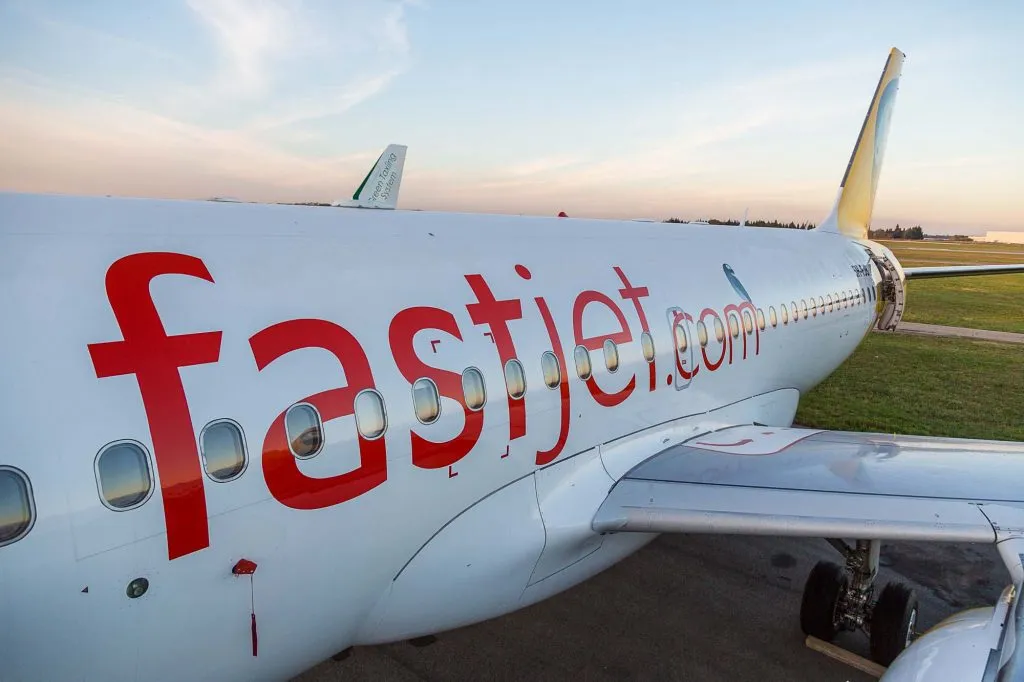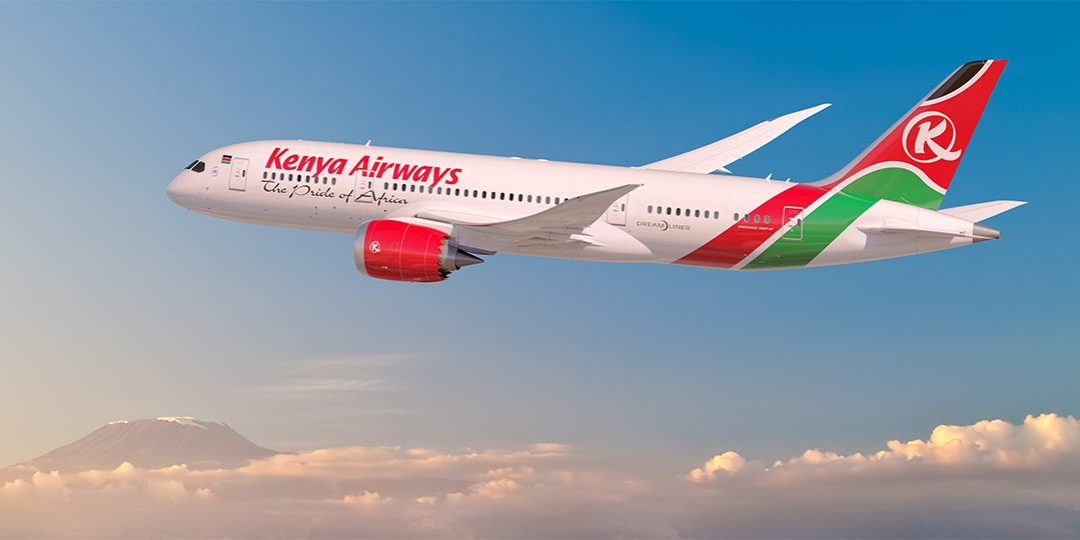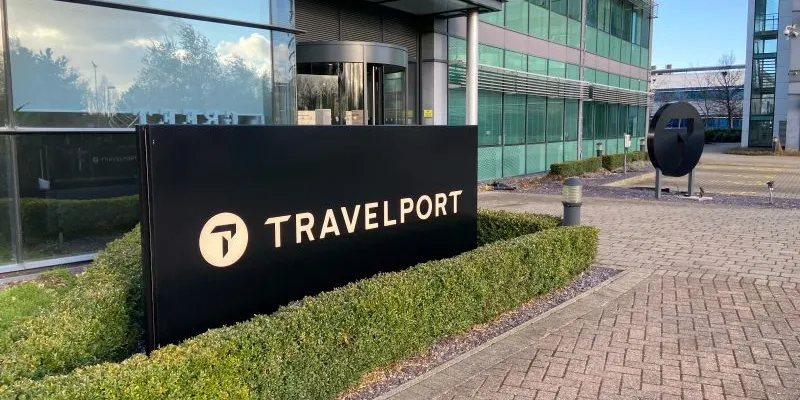Beyond typical sightseeing, DNA tourism is drawing travellers eager to explore the story behind their genes. More than a sightseeing trip, it’s a pilgrimage to understand identity, lineage, and cultural history by walking in the footsteps of those who came before.
This emerging trend blends genetic science with the emotional journey of rediscovering personal heritage, turning travel into a quest to uncover one’s roots, as reported by IOL.
What is ancestry or DNA travel?
At its core, DNA travel is sparked by results from genetic ancestry tests. After taking a simple at-home kit — typically involving a saliva sample or cheek swab — travellers receive detailed breakdowns of their genetic heritage. These often point to regions or countries that form part of their ancestral story, prompting journeys to explore those connections in real life.
Rather than just visiting a country as a tourist, travellers might:
- Seek out ancestral towns or villages;
- Connect with newly discovered relatives through DNA match platforms;
- Participate in cultural traditions like folk dancing or regional cooking;
- Delve into archives for family records, old photographs or immigration documents;
- Join guided heritage tours tailored to specific ancestries or surnames.
The goal, or the aim, for that matter, is to form a tangible connection to one’s lineage and better understand the forces that shaped their family’s journey.
Why is this trend growing?
Several intersecting forces are fuelling interest in heritage-based travel:
Affordable and accessible DNA testing
With the rise of companies offering at-home ancestry kits, learning about one’s genetic background has never been easier or cheaper. Millions have now taken these tests, often receiving regional breakdowns that spark curiosity about unfamiliar or long-forgotten family ties.
A shift toward meaningful journeys
Today’s travellers are moving beyond checklist tourism. There’s a growing desire to engage with destinations on a deeper, more personal level. DNA travel taps into this need, offering not just an itinerary but a narrative — one rooted in identity and connection.
Reclaiming roots in a globalised world
As migration, diaspora, and displacement continue to shape societies, many feel a yearning to rediscover their cultural origins. DNA tourism offers a powerful way to reconnect with one’s past, especially for those whose family histories include stories of exile, adoption, or lost languages.
What to expect on a DNA-inspired journey
No two heritage trips look the same, but many follow a similar path:
- The spark: A DNA test reveals ancestral ties to one or more regions.
- The research: Travellers trace family trees, map migrations, and gather historical context.
- The journey: Visits to ancestral homes, participation in cultural rituals, or emotional reunions with previously unknown relatives.
- The discovery: Learning local customs, exploring community archives, or uncovering family secrets.
Navigating emotional and ethical terrain
While DNA travel can be incredibly enriching, it’s not without its challenges.
- Imprecise science: Genetic tests aren’t always exact. Regional overlaps and limited databases can blur ancestral lines.
- Unexpected revelations: Some travellers discover hidden family histories — unknown parentage, adoptions, or difficult truths linked to colonialism, slavery, or war.
- Emotional weight: Standing in places marked by historical trauma or personal loss can be overwhelming, especially without emotional preparation.
- Cultural sensitivity: Ancestral villages and sacred sites aren’t theme parks. Travellers must approach these communities with humility and respect, recognising them as living spaces rather than relics of the past.
The future of DNA tourism
As more people become curious about their heritage and look for purpose-driven travel, ancestry-based journeys are likely to become even more popular. It’s a path that blends science, storytelling, and soul-searching — offering not just a destination, but a rediscovery of self.
Source: Getaway































